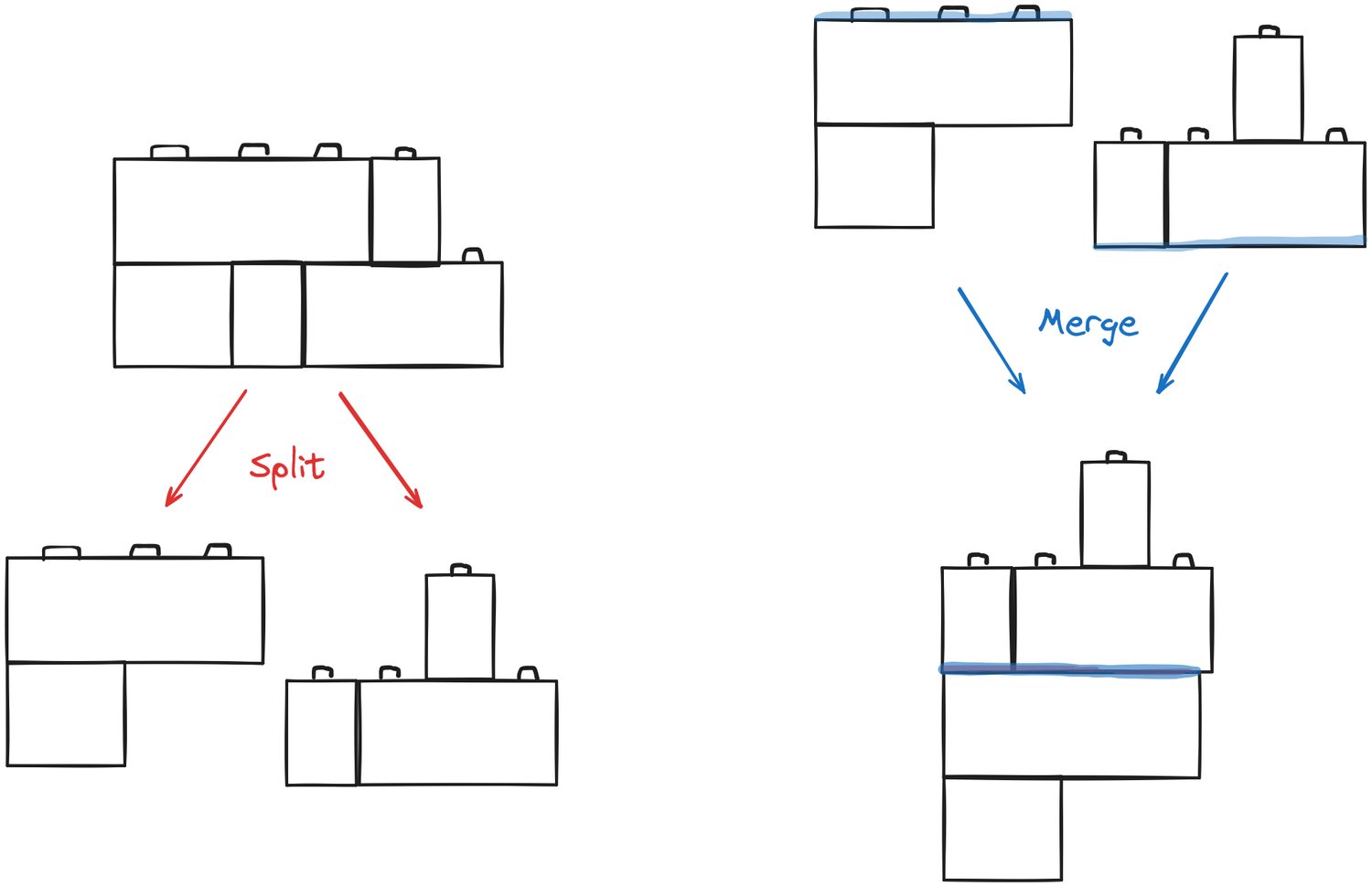
Why You Never See Your Friends Anymore
Just under a century ago, the Soviet Union embarked on one of the strangest attempts to reshape the common calendar that has ever been undertaken. As Joseph Stalin raced to turn an agricultural backwater into an industrialized nation, his government downsized the week from seven to five days. Saturday and Sunday were abolished.
In place of the weekend, a new system of respite was introduced in 1929. The government divided workers into five groups, and assigned each to a different day off. On any given day, four-fifths of the proletariat would show up to their factories and work while the other fifth rested. Each laborer received a colored slip of paper—yellow, orange, red, purple, or green—that signified his or her group. The staggered schedule was known as nepreryvka, or the “continuous workweek,” since production never stopped.
Socially, the nepreryvka was a disaster. People had no time to see friends; instead they associated by color: purple people with purple people, orange with orange, and so on. Managers were supposed to assign husbands and wives to the same color but rarely did. The Communist Party saw these dislocations as a feature, not a bug, of the new system. The Party wanted to undermine the family, that bourgeois institution. “Lenin’s widow, in good Marxist fashion, regarded Sunday family reunions as a good enough reason to abolish that day,” according to E. G. Richards, the author of Mapping Time, a history of the calendar.





















